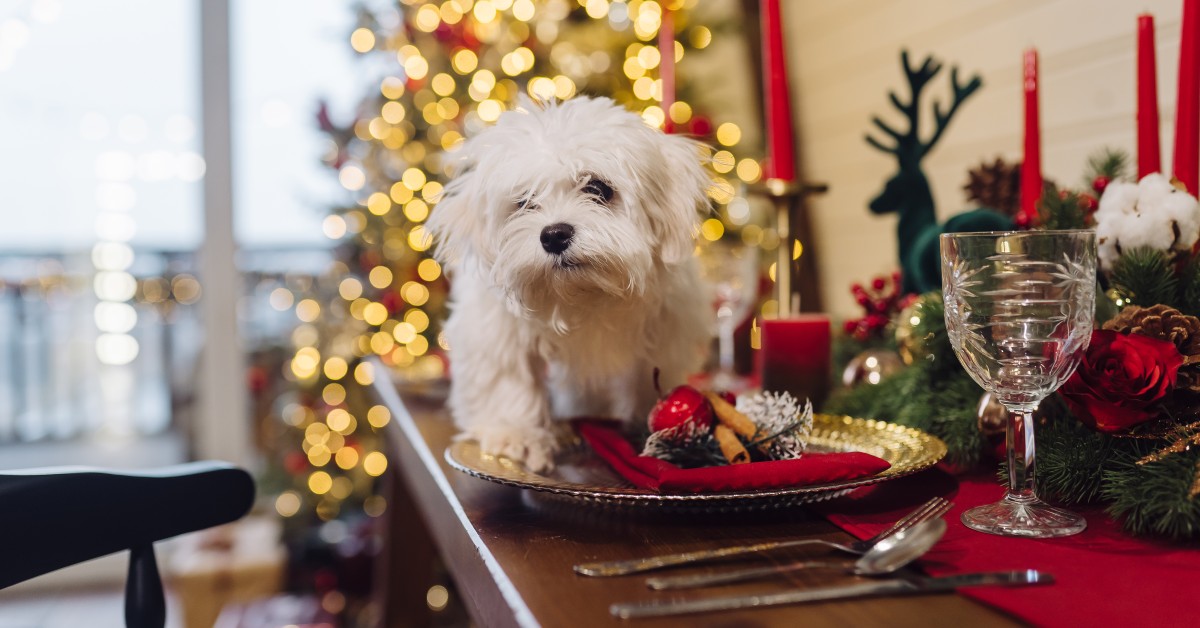Tips for Giving Oral Medications to Dogs and Cats
Knowing how to medicate pets is important for all pet owners.

Having a sick pet at home is tough enough without the added stress of having to administer oral medication. All pets will need oral medications at one time or another during their lifetime. Whether it be worming treatment or medicines to treat an injury, knowing how to medicate pets is important for all pet owners.
Some Things to Remember
- Some dogs and cats take their medicine with ease while
most will need coaxing and in some cases, even coercion.
Be patient!
- Make sure you stay calm, no matter what happens when you are administering oral medication; no matter how many attempts it takes before you are successful.
- Your pets can perceive your stress which will make them more nervous. Praise and a reward after your pet successfully takes their medicine is always a good idea!
- No matter how difficult it may be to get your dog or cat to take medication, it is important to follow your veterinarian’s instructions carefully. Before leaving the Vet's office, make sure you fully understand what is required. If you are unsure about any part of the instructions; be sure to ask for clarification and even a demonstration if needed.
Pills or Capsules?
One of the best ways to get your dog or cat to swallow a pill, is to disguise it in food. Pills can often be hidden inside pieces of canned food, peanut butter, cheese or some other delicacy; however, some pets will simply sniff out the pill and refuse to eat the treat or eat around the pill. Before you attempt to use this method, ask your veterinarian if your pet’s medication can be given with food. If so, try placing the pill in a small treat and follow these steps:
A well-trained, normally well-behaved animal is not likely to bite its owner; however, a very sick or injured pet may not be on its best behavior so when holding the muzzle, owners can slide the animal's lips over its own teeth. Animals are unlikely to bite their own lips so this can offer protection to human fingers – just in case.
- Hold the pill between your thumb and index finger.
- Firmly grasp your pet’s upper jaw with your other hand tilting your pet’s head back gently.
- Using your middle finger, slowly open the lower jaw.
- Keep your middle finger over the small incisor teeth and deposit the pill as far back on the tongue as possible.
- Close the mouth immediately while keeping your hand over the mouth.
- Stroke the throat or blow gently into your pet’s nostrils. This will encourage your pet to swallow right away.
Poking the Pill
If the dog has lost his appetite or the medicine can not be given with food, the dog owner will have the unpleasant job of poking the pill down the throat. Dog owners may find it easier to keep a large dog from wiggling away by straddling it and holding its shoulders steady between their knees. Make sure not to put your weight on the dog’s back, but instead keep yourself up on your knees. A smaller dog may be better handled by kneeling beside it or facing it.
With the left hand, grasp over the top of the dog’s muzzle and carefully pull the bottom jaw down with the right hand. Folding the dog’s top lips in over his teeth will discourage him from biting down. Very quickly, poke the pill as far back in the dog’s throat as possible and close the mouth, holding it shut firmly with the left hand, while gently stroking the throat with the right, until he swallows. It is much easier for the dog to swallow if his head is level or turned slightly down rather than pointed up.
Some dog experts suggest blowing on the dog’s nose which sometimes encourages them to swallow, but many dogs absolutely hate that and may be more inclined to bite. Anyone trying the blowing method, should keep their face a safe distance away from the dog's mouth. For dogs that are biters, there are pilling devices that may be used to extend the pill into the back of the mouth without placing fingers in danger.
Liquids and Syrups
When owners give their dog or cat liquid medication, it is best to sit beside the animal rather than in front because it provides better control and minimizes the chance of the owner being spit up on by their pet.
- Fill the syringe or dropper with medication before beginning.
- When giving liquid medication, owners should place one hand over the muzzle of their pet with fingers on one side and thumb on the other. The other hand is used to hold the dropper or syringe and free fingers on this hand are used to lower the jaw and squirt in the liquid. Insert the syringe or dropper between your pet’s teeth and cheek.
- Close your pet's mouth and tilt the head back slightly, which aids in helping to open the lower jaw. Owners should administer the liquid in an even movement toward the base of the tongue, not towards the roof of the mouth. If this is difficult, try squirting the liquid along the side of the teeth towards the back of the mouth. Close your pet’s mouth and tilt the head back slightly.
- Gently release the medication from the syringe or dropper.
- Keep the mouth closed and stroke the throat or blow gently into your pet’s nostrils.
With veterinarian approval, liquid medication may also be given by adding it into a scoop of canned dog food and water stirred together into a gravy-like consistency.
Owners should watch pets for a few minutes to ensure they don’t spit the pill out.
Alternative method for cats:
As cats generally don’t like to be messy, squirting medications on the foreleg may be appropriate, as most cats will lick the liquid off in an attempt to clean themselves. (This method will not work with dogs.)
Ready to start saving money on pet wellness care?
Then take a look at Mint Wellness, the pet wellness plan that provides fast reimbursement on routine pet care. Save on vaccinations, wellness exams, preventatives, dental, and more!
Learn More


